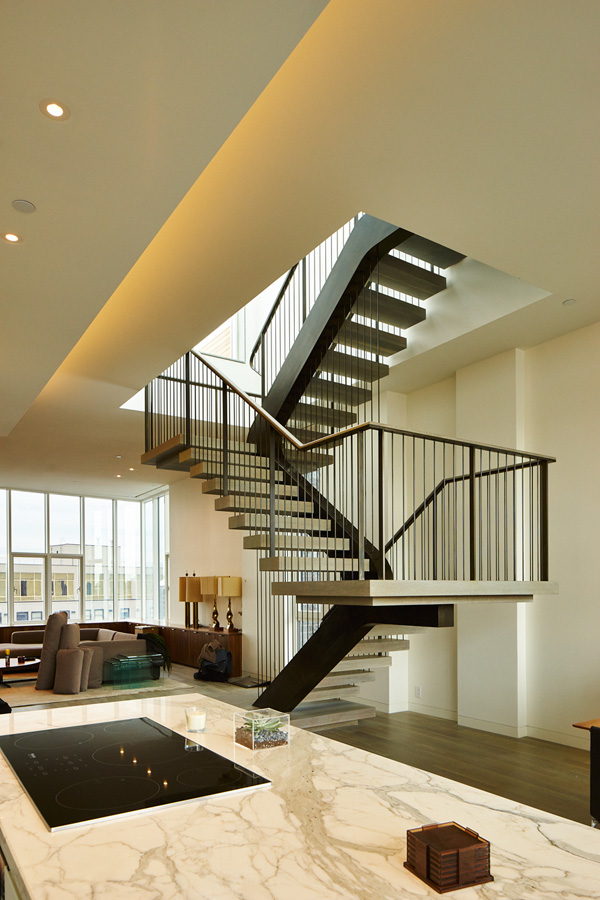justalexander
New member
I have the 17 and 24mm TSE's on the A7RII and agree they are an amazing combination especially for the price. It makes me wonder what Leica could do if it dedicated some resources to tilt/shift lenses.A7R with 24 TSE II, hand held, shifted, as an example of straight lines staying pretty straight

One of the major downsides I find with the A7R is that its slow to work and very difficult to nail focus as the lens distance markings are not calibrated for the metabones/Sony convention. Furthermore, the margin for focus errors seems much higher than when used on Canon bodies. I really need to shoot tethered to ensure I nail focus with this combination.
I might just end up having to give up on Leica and Sony and use a 5DRS. While it will be hard to give up the dynamic range of the A7R, as a professional photographer I need equipment that is reliable and efficient. Time = money for me.

